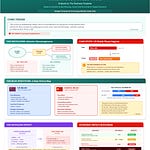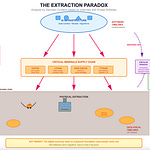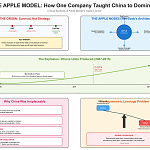Three years after ChatGPT's breakthrough moment, the AI industry remains in a state of perpetual catch-up—even for those who've spent decades in the field. What appears to be familiar chatbot interfaces are actually sophisticated agents operating behind the scenes, fundamentally reshaping how we work, learn, and interact with information.
We're witnessing the fastest consumer technology adoption in history, with over 700 million users now relying on AI for everything from personal development to professional productivity. This isn't speculation about future potential—it's the early stages of a technological transition as significant as the microprocessor revolution, demanding we reconsider everything we thought we knew about digital workflows and business models.
The Transformation We've All Missed
We are no longer in the chatbot phase. While you see a familiar interface when you open ChatGPT or Claude, what's happening behind the scenes represents a fundamental shift that most of the industry hasn't fully grasped. The tools we're using today are agents masquerading as chatbots.
Three years after the ChatGPT moment in November 2022, the AI industry has caught everyone off guard—including those of us who've been in the field for over a decade. The development has been so rapid and so transformative that we're all still playing catch-up, trying to understand not just where we are, but where this unprecedented trajectory is taking us.
Read Also:












